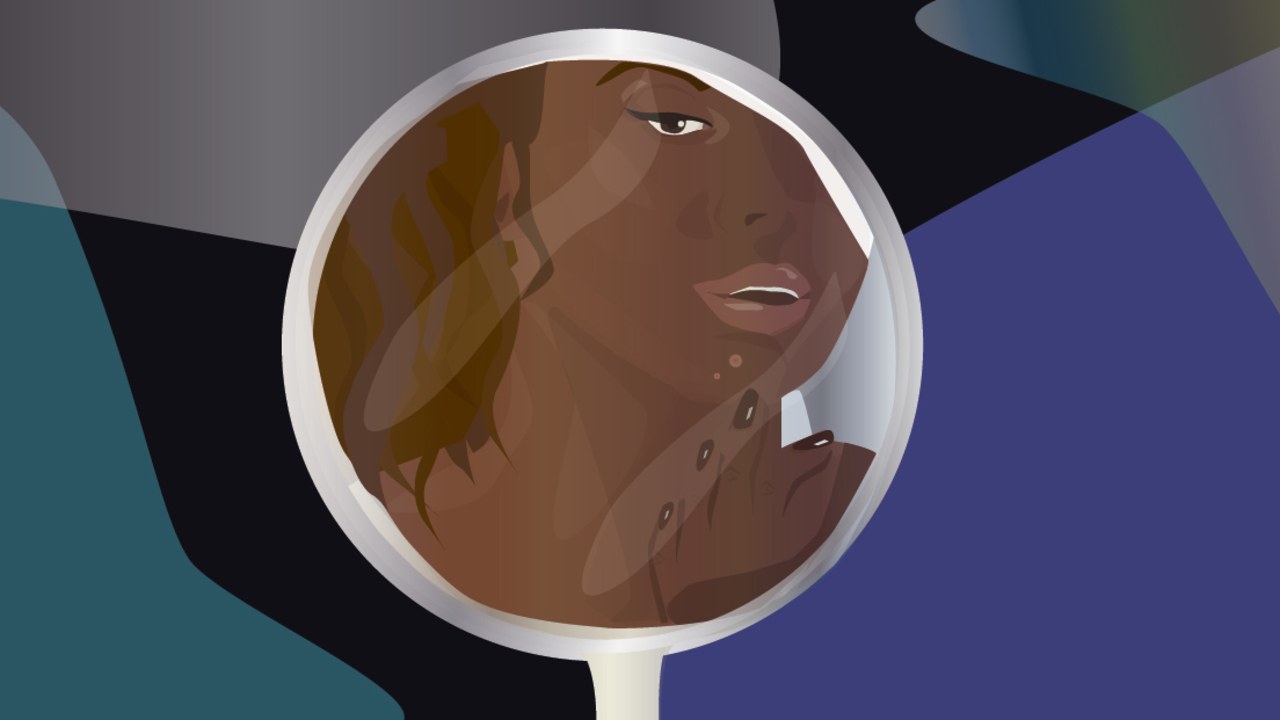8 Things You Should Never Do When Your Face Is Breaking Out

It’s like clockwork: You spy—or, almost as bad, can feel—the beginnings of a zit. The next thing you know, you’re applying layer after layer of your go-to acne treatment and scrubbing it to death. But is that really doing the trick, or could you actually be making your acne worse? You probably know where this is going. Read on for the biggest mistakes we’re all making when it comes to getting rid of a breakout—and tips on how to fix them.
Mistake #1: Applying a spot treatment every time.
Reaching for the spot treatment is, at this point, a natural reaction to a breakout. But it might not doing as much for your skin as you may think. “Your face has thousands of pipes connecting your oil glands to the surface of your skin,” says Joshua Zeichner, M.D., director of cosmetic and clinical research in dermatology at Mt. Sinai Hospital in NYC. So it’s tough to tell which will get clogged enough to result in a pimple. Sure, it’ll help diminish the zit of the week, but it won’t prevent a new one from popping up right beside it. Instead, check Mistake #2.
Mistake #2: Using acne products only when you have a breakout.
If you know you’re breakout-prone—or you have telltale zits at the same time every month—calling on anti-acne products as needed is like chasing your tail. “Instead of treating pimples as they appear, it’s more effective to use a gentle product that contains salicylic acid every day,” explains NYC dermatologist Whitney Bowe, M.D. “This helps prevent breakouts on a regular basis.” Bonus: Salicylic acid is an anti-inflammatory ingredient, so it’ll also minimize irritation. Try a daytime lotion infused with it, like OleHenriksen Counter Balance Oil Control Hydrator.
Mistake #3: Scrubbing away your breakouts.
It can be tempting to try and strip off your top layer of skin in the hopes that your zits will go with it (spoken from personal experience). “Acne is to a great degree inflammatory, so if you’re not gentle, you’ll only create more inflammation,” says celebrity facialist Tracie Martyn. Ditch anything abrasive, including physical scrubs, and try an exfoliator that does the trick with gentle fruit acids, like Kate Somerville ExfoliKate Cleanser Daily Foaming Wash.
Mistake #4: Using the highest concentration of benzoyl peroxide you can find.
You might have heard that benzoyl peroxide (an antibacterical ingredient that targets acne- and inflammation-causing bacteria) is great for treating whiteheads. That’s true. But more doesn’t always equal better. “Even at low levels, benzoyl peroxide kills acne-causing bacteria and opens pores,” says Zeichner. In fact, studies show that high amounts of benzoyl peroxide (the most available is 10 percent) are more irritating but no more effective than their lower-concentrated counterparts. Paula’s Choice Clear Regular Strength Daily Skin Clearing Treatment balances a low 2.5 percent benzoyl peroxide with soothing bisabolol and allantoin. Translation: It’ll zap blemishes without drying out the skin around them.
Mistake #5: Picking
Popping zits used to be a capital-D Don’t, because picking at your skin can lead to bacterial infection and scarring, notes Bowe. But now, most derms agree that as long as you use a clean extraction tool, it’s OK. Look for one with a lance to delicately pierce whiteheads (like Sephora Collection 3-in-1 Extractor) and then center the metal loop over blackheads—and gently press down—to remove them. Just note that deep acne, however, still needs to be treated by a derm.
